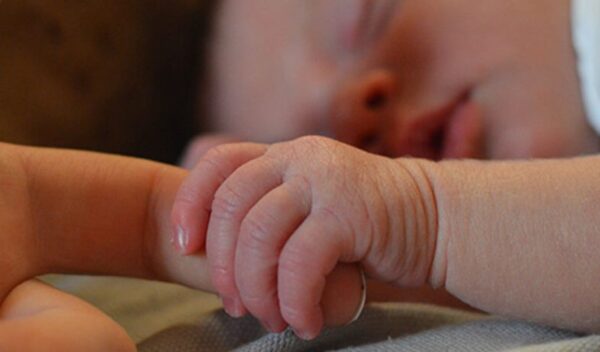Preventing blisters is essential for maintaining comfort during physical activities.
Blisters often result from friction, moisture, and ill-fitting footwear.
By implementing proactive measures, you can significantly reduce the risk of developing blisters.
Here are seven effective strategies to help you avoid blisters:
1. Choose properly fitting footwear
Ensure your shoes fit well—neither too tight nor too loose. Ill-fitting shoes can cause friction, leading to blisters. It’s advisable to shop for shoes later in the day when your feet are more swollen to get a better fit.
2. Wear moisture-wicking socks
Opt for socks made from synthetic materials like acrylic or polypropylene, which wick moisture away from the skin. Avoid cotton socks, as they retain moisture and can increase the risk of blisters.
3. Lubricate friction-prone areas
Applying petroleum jelly or specialized sports lubricants to areas prone to friction can reduce the risk of blisters. This creates a barrier that minimizes rubbing between the skin and footwear.
4. Keep feet dry
Moisture can soften the skin, making it more susceptible to blisters. Use foot powders or antiperspirants to keep your feet dry, especially during prolonged activities.
5. Break in New Shoes Gradually
Before wearing new shoes for extended periods, break them in by wearing them for short durations. This allows the shoes to mold to your feet and reduces the likelihood of blisters.
6. Monitor and protect hot spots
If you feel a hot spot developing on your foot, address it promptly by adjusting your footwear or applying protective tape or bandages to the area. This can prevent a blister from forming.
7. Maintain foot hygiene
Regularly wash and dry your feet, and keep toenails trimmed. This helps prevent conditions that can lead to blisters, such as fungal infections or ingrown nails.
By implementing these strategies, you can significantly reduce the risk of blisters and enjoy your activities more comfortably.
